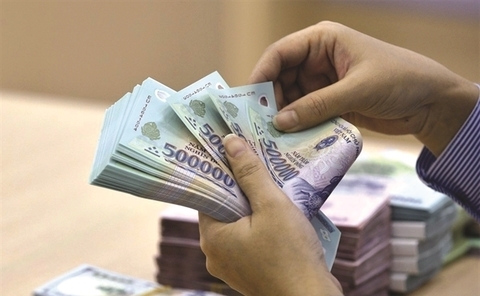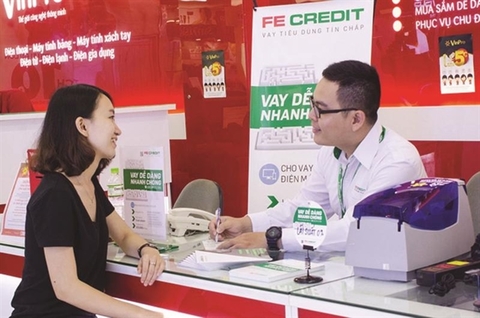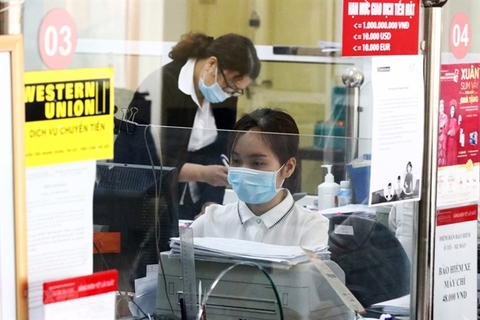Banks’ return on earning assets declines
Banks’ return on earning assets declines
Banks have continued to record a decrease in the ratio of return on earning assets due to the lending interest rate cut to support COVID-19 affected customers.

According to statistics from VNDirect Securities Company (VNDirect), the ratio of listed State-owned banks dropped by 55 basis points in the first three quarters of this year to 5.8 per cent against 6.4 per cent in 2020. The rate for listed private joint-stock banks declined by 47 basis points to 8.3 per cent from 8.7 per cent in 2020.
The State Bank of Viet Nam (SBV) reported banks had cut lending interest rates of more than VND12.2 trillion (US$539 million) to support customers affected by the pandemic.
To promote the rate cut, the SBV has applied an interest rate subsidy package worth VND3 trillion, which means that banks will lend about VND100 trillion at rates of 3-4 per cent per year for firms which have been severely affected by the pandemic.
The Government has so far planned to enlarge the package’s size to VND10-20 trillion, focusing on supporting customers including small- and medium-sized firms; firms participating in national projects; and firms operating in tourism, aviation and transport.
Based on the incentive policies, VNDirect expects the average lending interest rates to decrease by 10-30 basis points in 2021.
Meanwhile, until the beginning of last month, the three-month savings interest rate at commercial banks remained unchanged compared to the end of 2020, while the 12-month rate dropped by 10 percentage points to 5.53 per cent per year compared to the end of 2020. The interbank interest rates have recovered but are still low compared to the time before the pandemic.
VNDirect has forecast lending interest rates will continue to fall but savings interest rates will increase by 30-50 basis points in 2022. It predicted the 12-month savings interest rate in banks will increase to 5.9-6.1 per cent per year in late 2022, but still lower than the 6.8 per cent rate in the period before the pandemic.
According to VNDirect, it will be difficult for savings interest rates to be maintained at the current low levels as the demand for capital mobilisation will increase in the wake of higher credit demand, rising inflation pressure in 2022 and the competition from other attractive investment channels such as real estate and securities.
As for net interest margin (NIM), VNDirect said the improvement of NIM next year may be different among banks, with the best gainers being those having competitive advantages such as high current account savings account (CASA) ratio and low lending to deposit ratio (LDR).




















